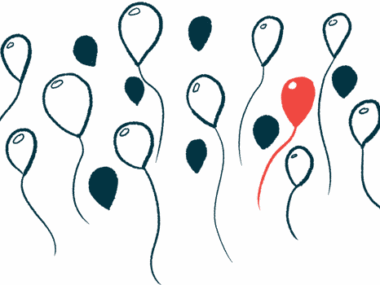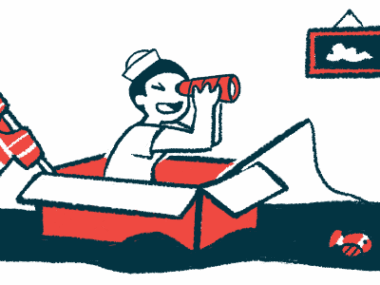How 30 Minutes Can Make a Difference in Your Child’s Life
The HIIT exercise program helps this caregiver have the energy he needs
Written by |

Before all the New Year’s resolution posts begin to be smeared across the internet, inducing feelings of guilt and shame, I want to preempt all that with a personal problem and solution.
First, you’re amazing! Parents and caregivers of children with challenges often have double the work or more. And that’s just the physical challenges. The mental anguish, fatigue, and energy required to be positive take a toll. Because of you, your child has a life filled with love and memories. We all want that to continue in 2023.
Before my daughter was born, my wife and I had an active lifestyle and loved to be outside. We thought we would transfer that joy to our daughter, but her needs took precedence. We didn’t think twice about it and didn’t even consider it a sacrifice.
After our daughter received gene therapy to treat her diagnosis of having a rare neurotransmitter disorder known as aromatic l-amino acid decarboxylase (AADC) deficiency, the fog began to settle, and we had more clarity about the journey we were on. One thing was apparent: We had elements of depression that had taken a toll on our health.
The gene therapy results meant we had more personal time and no longer had to dedicate 24 hours a day to caring for our daughter. We reverted to our former exercise routines, although modified. Once we did this, we found new energy to dedicate to our daughter. We reflected on this and realized that the journey would’ve been much better for everyone if we’d incorporated exercise.
When I say exercise, I don’t mean working toward getting ripped abs or a well-sculpted body. That is wonderful if you get that, but I’m referring to an activity that helps you be a better caregiver to your child, a more loving partner, and better at managing stress.

Rylae-Ann gets ready to join her dad for exercises outdoors. (Courtesy of Richard E. Poulin III)
Time is the key factor
The question for us was how could we possibly fit exercise into our schedule. If you have a partner or caregiver, that problem becomes a bit easier to solve. I had both of those, but I still had trouble finding the time.
The answer to that question is to find the correct type of exercise. High-intensity interval training (HIIT) was the perfect exercise to fit our schedule.
HIIT is a fitness program with alternating short intervals in which you perform explosive anaerobic exercise. Between exercises, you have a recovery period. You continue the repeated quick bursts of exercises, each time giving your full effort until you reach the point of exhaustion. In addition to the physical changes, I believe this gives me the mental fortitude to go further every day for my daughter.
The program I used was free and required no equipment. You can do it from the comforts of your home, and best of all, it produces the aforementioned results and more. It sounds too good to be true; however, I recommend trying their 30-day HIIT visual fitness program.
The program is ideal for families like us who are short on time. The sequence of workouts helps to build up your fitness while still being adaptable for all levels of experience. There is even a free built-in timer and set counter.
Motivation is the final ingredient
OK, maybe you know all of this already. The next and final step is motivation to take action and start. Parents of children with rare diseases do extraordinary actions all day and complete the impossible without batting an eye. So there is no lack of motivation. A better way to describe it is to divert your motivation.
By taking 30 minutes and putting it toward your fitness, you’ll see improved care for your child. You’re the frontline care for them. You need to be at your optimum. I used to approach this task as if I can do it all or I am going to give 110% percent every day. But this isn’t possible if your health isn’t optimal.
Get ahead of the New Year’s resolution posts by finding 30 minutes to divert to your fitness and reap the rewards of going further in your 2023 journey.
Note: AADC News is strictly a news and information website about the disease. It does not provide medical advice, diagnosis, or treatment. This content is not intended to be a substitute for professional medical advice, diagnosis, or treatment. Always seek the advice of your physician or other qualified health provider with any questions you may have regarding a medical condition. Never disregard professional medical advice or delay in seeking it because of something you have read on this website. The opinions expressed in this column are not those of AADC News or its parent company, Bionews, and are intended to spark discussion about issues pertaining to aromatic l-amino acid decarboxylase deficiency.







Leave a comment
Fill in the required fields to post. Your email address will not be published.